Term one is over, so that means an exhibition, and that means… a lot of work, staying up late cleaning, and eating other people’s food. No, it’s more than that! This post is going to be all about the amazing experience that was the PLP 2018/19 Winter Exhibition. It’s my first time participating in an exhibition here in PLP, and let me tell you, it was great! There were definitely ups and downs, but overall I would rate this a highly positive experience.
Now, this exhibition did require a ton of effort and work from every single one of its participants. For us PLP grade 9’s, we started exploring the idea of our exhibition projects pretty early by heading to an escape room. You may be wondering how the heck this has anything to do with schoolwork, but I swear, it was very helpful when it came to creating our projects. The escape room was preparation for our task of making completely immersive experiences for the exhibition-goers to come visit. We had to transform one of the normal school classrooms using props, lighting, music, etc. to remake it into an entirely different setting. The visit to the escape room helped, because an escape room is also completely transformed into a different setting pertaining to the story behind it. Trying to escape from the room is actually a very small part of it— the hardest thing in coming up with such a room would be making sure that it looks perfectly like the story, and being sure to hide clues within the room to assist the participants in their escape attempt.
After we had the experience of the escape rooms, we got assigned into groups. I was with Lucy, Caleb, Jackson and Sam, and we combined our stories from a previous project into one main story, which would be the backbone of our immersive room. Here is Lucy and I’s animation that we made during the last project.
However, this story has two sides to it. Not only is it part of our Humanities curriculum, but it also ties in to our Science unit about chemistry. So, these stories were required to have a scientific part to them, and our characters represented different elements on the periodic table in order to explain the science. The bonding between atoms, like covalent and ionic bonds, were included indirectly within our stories to uphold the scientific side.
After writing the stories and getting inspiration from the escape rooms, we began the hardest part of the project— planning the different rooms. To explain how it worked more in-depth: we had to take an ordinary classroom (for our group it was the textiles room) and transform it into a certain part of our story. We also had to include clues throughout the room that tell the rest of the story. This may sound confusing, but it will make more sense as I go on. My group decided that the climax of our story occurs at a gala, so we wanted to make our room into a gala. Throughout the gala we planned to have clues that tell the rest of the story, and what happens before and after the events that take place at the gala. We slowly accumulated more and more gala decorations from each group member as the night of the exhibition grew closer, and we painted a sign, as well as made the clues. We took into consideration the lighting, and purchased/brought a ton of fairy lights; we brought tablecloths and streamers and balloons to make sure it felt like a real party; I painted a picture to hang on the wall, and we brought speakers to play music for the ‘dance floor’ section of our gala. My group was feeling pretty prepared by the time the Exhibition day arrived.
In the morning, we immediately started setting up the textiles room. The problem with this room is that it’s quite big, so we pushed all the tables to one side of the room and split it in half by hanging sheets to separate each side. We saved two of the desks to be a food table and a table to situate one of our clues on. As the day progressed, we continued to put up streamers, fairy lights, balloons, and sheets to cover the classroom and turn it into the gala. After school had ended we had finished setting up a dance floor area and an area to “bond” like two elements, by going through a couple dance steps. We called this the “electron dance”. The room was almost complete, and simply needed some finishing touches; music, a few paintings hung about, and the lighting perfected.
Finally, it was time to open the gala to anyone who fancied a visit. The other PLP students from grades 8, 10, and 11 also had activities and presentations to show off, so the steady flow of parents and other visitors was divided between everyone. It started off quiet, and got steadily more busy. I’m so thankful that our immersive experiences had some sort of order, instead of just being room displays for people to look at. This is all thanks to one thing— clues!
The clues were key in telling the visitors what the rest of the story was about, and leading them around the room. When you first entered the gala, Sam was sitting at the front table, acting as a sort of receptionist, giving out gala brochures which explained about solving the clues, food, and the chemical bonding side of the story. He then introduced himself as Harry, his character, and said that he had been robbed by a mysterious unidentifiable person. He directed the visitors over to his iPad where texts from someone named Corey popped up; these texts depicted that this Corey was asking Harry to return money, or “electron dollars”, that he had borrowed. My character, who is secretly the robber, directed everyone over to a puzzle hanging in a picture frame on the wall. I said that this painting was donated to the gala setup crew but they were unable to piece it together. When solved, the art was actually a photo of me robbing Harry. My character was dressed for the gala and I was holding the money, showing that the person in the photo who stole Harry’s money was indeed myself. The story was almost finished by then, and the last clue was a drawing of me giving the money back to Harry. People understood the basics of the story by that point, and went on to the snack table to get food from Caleb, and do the “electron dance”. At the snack table is another small clue: a fallen punch bowl, which happens in the story when Sam’s character Harry makes a mess while trying to catch the robber at the gala. We also had a projector playing Lucy and I’s animation that we made for our previous chemistry/story project. The entire time, Lucy was running around the school giving gala tickets to everyone, inviting them to come and visit our room.
If you would like to read the whole story, Lucy posted it on her blog.
That basically summarizes how the actual room worked. The clues really brought it together, and made it more of an experience then just a room that you walk into and look around at. All of the other grade 9 PLP groups created these rooms as well, and I had the opportunity to look in a few, and they were just as great. By the end of the night, everyone was exhausted from having toured tons of people through their rooms. We dealt with a few malfunctions, such as the sheets falling, but we fixed it as quickly as possible, and made note for next time.
When everyone had left, it was time to clean up. The rooms had to be returned back to their exact state that they were in before we touched them, so it took a little while to gather all of the stuff together and put everything back in place. This sounds very boring, which it basically was, but we were able to put on some music, which always makes things better.
What an experience! If you’ve read this far, you have some sense of what the exhibition night was like. Being my first exhibition, I really have nothing to compare it to, but I am sure that this was a positive experience for almost everybody. I love the idea of being able to exhibit our learning in not only one subject but several through something other than a test. This was a much more memorable night, and it was so fun to put everything together and finally see it all in front of us, all this hard work that we put in to achieve what we did. Thank you so much PLP teachers for this opportunity, and I am very excited for a future exhibition now that I have some knowledge of what occurs and how things work.




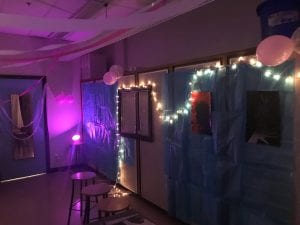



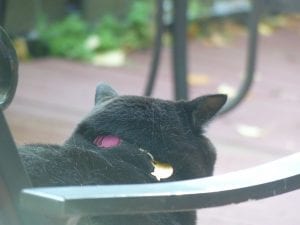

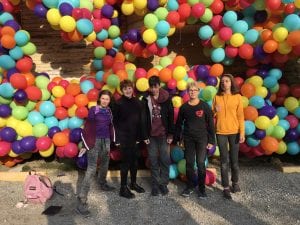
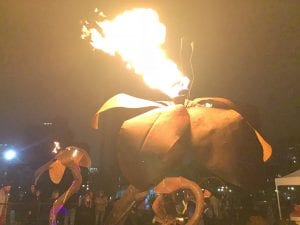
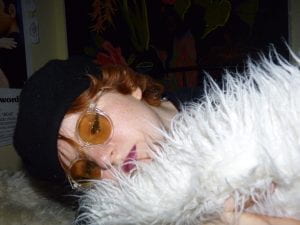
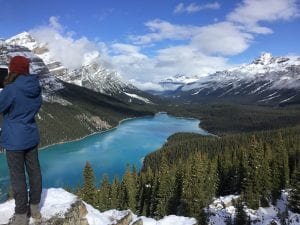
Leave a Reply